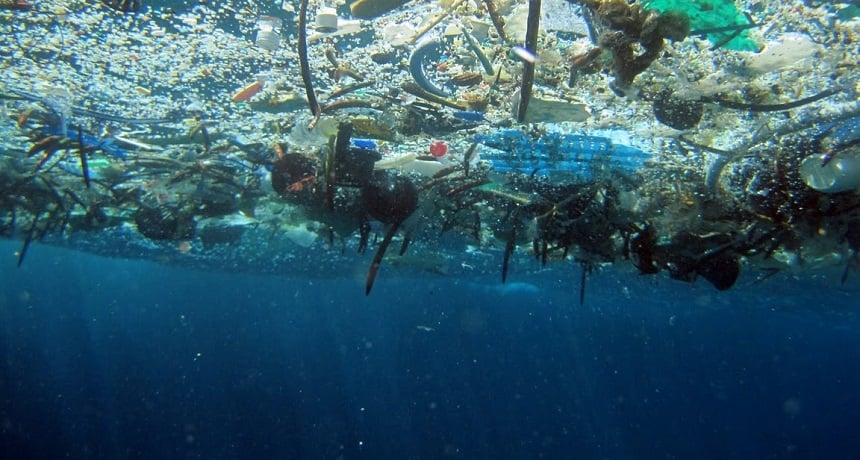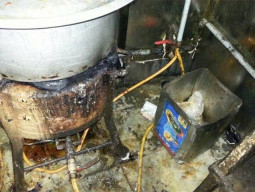
Abandoned fishing gear is the deadliest form of plastic debris for marine life and has already driven vaquita porpoise and other marine mammals to the brink of extinction. Even as this crisis continues to intensify, however, little attention is paid to it by governments and industries, according to a recent report by the World Wildlife Fund (WWF), entitled 'Stop Ghost Gear: The most deadly form of marine plastic debris'. WWF-Pakistan organised a webinar on Tuesday to discuss findings of the report. Over a 100 students from various universities of Karachi and Lasbella attended the webinar.
"While consequences of plastic waste are finally beginning to receive the attention they deserve, there is too little awareness on the catastrophic harm caused by ghost gear," said WWF-Pakistan Director-General Hammad Naqi Khan. This needs to change, he urged, adding that ghost gear is the most deadly form of marine plastic debris and can linger in oceans for centuries wreaking havoc. "…like some kind of immortal menace - continuously and cruelly killing whales, dolphins, seals, seabirds, turtles and sharks, and damaging vital ocean habitats."
According to the report, at least 10 per cent of marine litter is estimated to be made up of fishing waste, which means that between 500,000 and one million tonnes of fishing gear enter the ocean every year. The number of species affected by either entanglement or ingestion of plastic debris has doubled since 1997, from 267 to 557 species, 66 per cent of marine mammals, 50 per cent of seabirds, and all seven species of marine turtles.
Around 5.7 per cent of all fishing nets, 8.6 per cent of traps and pots, and 29 per cent of all fishing lines used globally are lost around the world each year. In the upper Gulf of California, Mexico, illegal and abandoned gillnets have driven vaquita porpoise to the brink of extinction - only around 10 remain.
Ghost gear damages valuable marine habitats, damaging coral, harming the habitats of sessile animals, damaging vegetation, causing sediment build-up, and impeding access to key ecosystems. The report mentions that ghost gear has negative economic impacts, posing dangers to livelihoods and navigation by boat. Other studies estimate that over 90 per cent of species caught in ghost gear are of commercial value. Experts are of the view that ghost gear can act as a navigation hazard, affecting a vessel's propulsion and the ability to maneuver, causing operational delays, economic loss and, in extreme cases, injuries or even the loss of lives of crew members or ferry passengers.
It calls for governments to formulate a new treaty to stop plastic pollution and join the Global Ghost Gear Initiative - a global alliance of fishing industry, private and corporate sector, non-governmental organisations, academia and governments focused on solving the problem of lost and abandoned fishing gear worldwide.
The report shows the impact of this invisible ocean killer and how it is linked to practices of fishers and the fishing industry, said Khan. It further highlights how the current legal framework on marine plastic pollution and ghost gear is fragmented and ineffective, he added.
According to Khan, this is a global problem and requires coordinated action. "We must stop ghost gear from decimating marine life and drowning the ocean we all depend on once and for all."
Published in The Express Tribune, October 21st, 2020.


1732569774-0/Baymax-(2)1732569774-0-165x106.webp)















COMMENTS
Comments are moderated and generally will be posted if they are on-topic and not abusive.
For more information, please see our Comments FAQ